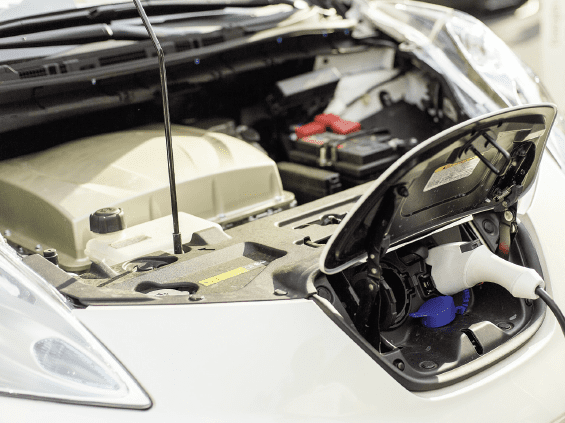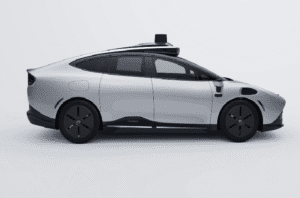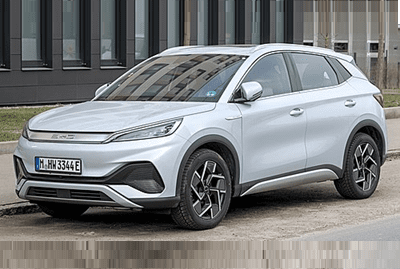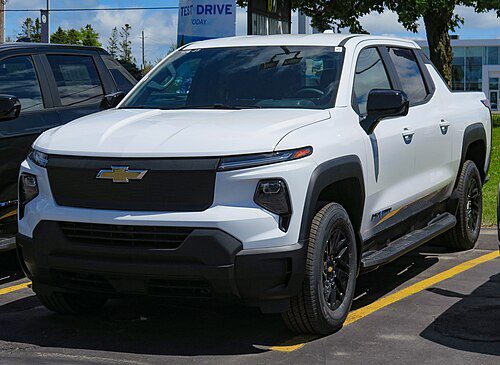INDUSTRY NEWS
Engineers with the University of Nebraska’s road safety testing facility have discovered that electric vehicles are too heavy to be stopped by highway guardrails. Engineers with the university released their initial crash test results in which a 2022 Rivian R1T—which weighs nearly four tonnes—was rammed into the same type of guardrails used along most American and Canadian highways. During the test, engineers watched as the Rivian R1T tore through the metal guardrail and hardly slowed until hitting a concrete barrier yards away on the other side of the test lane.

MAKING MERRY WAY
EVs account for five percent or more of new vehicle sales in more than thirty-one countries globally, according to a Bloomberg Green analysis report of EV adoption rates around the world. The five percent threshold represents the tipping point toward all new car sales being fully electric and is important, according to Bloomberg, as it signals the flattening of barriers like cost, a lack of infrastructure and consumer skepticism. When Bloomberg last completed its analysis in 2019, only 19 countries were reported to have crossed the five percent threshold. Canada made the 2024 list of countries to meet the threshold with a 9.4 percent EV market share. The United States, for comparison, clocked an 8.1 percent EV market share. Norway topped the list with 79.6 percent EV market share; it was also the first country to reach the five percent threshold back in Q3 2019.
BATTERY LOW
Consumer interest in electric vehicles dropped for the second year in a row in 2023, according to an annual survey from AutoTrader.ca. The survey noted that 56 percent of non-EV owners are open to buying an EV for their next vehicle, compared to 68 percent in the 2022 survey. The top contributing factors: concerns about limited charge and range; inadequate availability of charging stations; higher purchasing costs and concerns about cold-weather performance. About 143,000 EVs were sold in Canada in 2023, largely driven by zero-emissions light trucks.
COMBUSTION CANCELLATIONS
Quebec has tabled a draft regulation toward a complete ban of the sale and renting of internal combustion engine vehicles beginning in 2035. Put forward by Quebec’s Ministry of Environment, Fight Against Climate Change and Wildlife Parks, the draft regulation targets new light combustion vehicles of the 2034 model year and earlier, which will no longer be able to be sold or leased in Quebec as of January 1, 2035. For vehicles of the 2035 model year and later, it will be prohibited to sell or lease them in Quebec, whether new or used. These prohibitions would apply to all industry players, including physical or online merchants, as well as to citizens.” The current draft regulation is subject to a public consultation for 45 days. According to the media release, “persons wishing to submit comments are invited to do so in writing no later than August 25, 2024.”

RISING REPAIRS
Battery electric vehicles (BEVs) and plug-in hybrid vehicles (PHEVs) require, on average, more repairs than gas-powered vehicles in all repair categories. In its inaugural year incorporating both franchise dealership repair data and consumer data, the J.D. Power 2024 U.S. Initial Quality Study (IQS) indicates gas and diesel-powered vehicles chart an average of 180 problems per 100 vehicles, while BEVs and PHEVs are 86 points higher at 266 problems per 100 vehicles. The report further notes that the gap between Tesla’s BEV quality and that of traditional OEM’s BEV quality has closed, with both ranking at 266 problems per 100 vehicles. In the past, Tesla has performed better, but this year was brought down in rankings by customer dissatisfaction with the removal of traditional feature controls such as turn signals and wiper stalks.





















